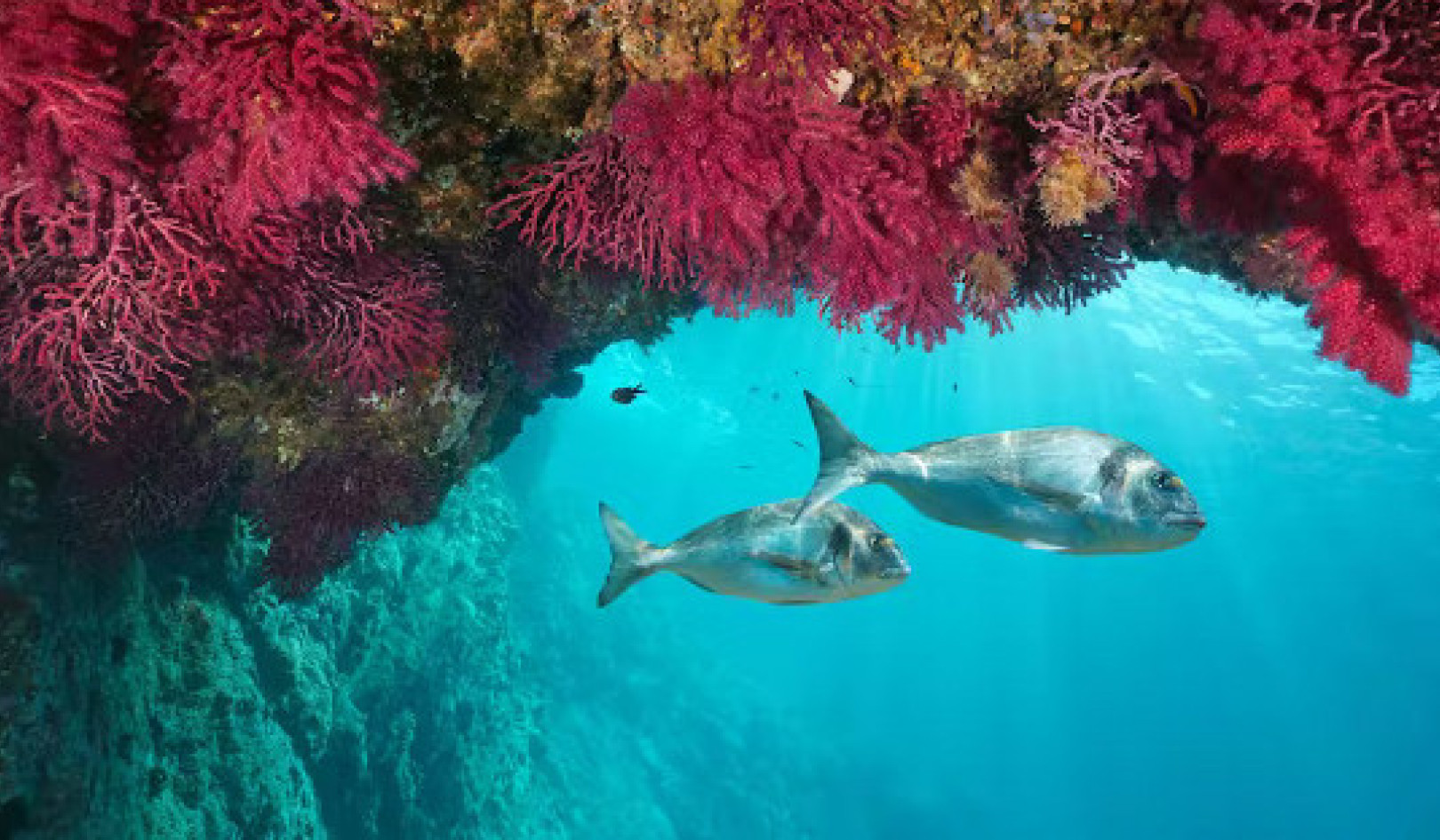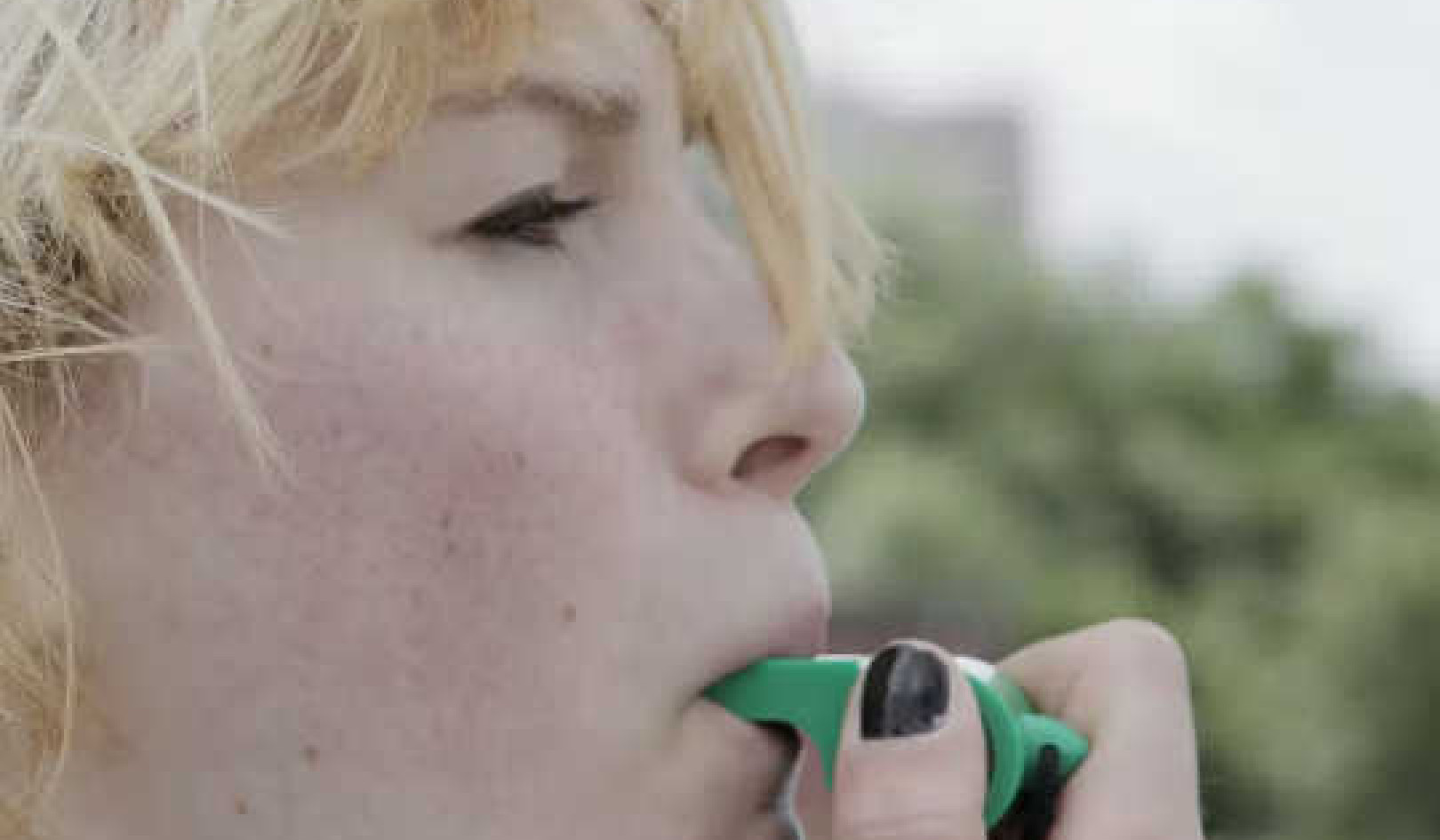
The Age of Thirst in the American West
Coming to a Theater Near You: The Greatest Water Crisis in the History of Civilization
Consider it a taste of the future: the fire, smoke, drought, dust, and heat that have made life unpleasant, if not dangerous, from Louisiana to Los Angeles. New records tell the tale: biggest wildfire ever recorded in Arizona (538,049 acres), biggest fire ever in New Mexico (156,600 acres), all-time worst fire year in Texas history (3,697,000 acres).
The fires were a function of drought. As of summer’s end, 2011 was the driest year in 117 years of record keeping for New Mexico, Texas, and Louisiana, and the second driest for Oklahoma. Those fires also resulted from record heat. It was the hottest summer ever recorded for New Mexico, Texas, Oklahoma, and Louisiana, as well as the hottest August ever for those states, plus Arizona and Colorado.
Virtually every city in the region experienced unprecedented temperatures, with Phoenix, as usual, leading the march toward unlivability. This past summer, the so-called Valley of the Sun set a new record of 33 days when the mercury reached a shoe-melting 110º F or higher. (The previous record of 32 days was set in 2007.)
And here’s the bad news in a nutshell: if you live in the Southwest or just about anywhere in the American West, you or your children and grandchildren could soon enough be facing the Age of Thirst, which may also prove to be the greatest water crisis in the history of civilization.
Never Again Enough: Field Notes from a Drying West
Several miles from Phantom Ranch, Grand Canyon, Arizona, April 2013 -- Down here, at the bottom of the continent’s most spectacular canyon, the Colorado River growls past our sandy beach in a wet monotone. Our group of 24 is one week into a 225-mile, 18-day voyage on inflatable rafts from Lees Ferry to Diamond Creek. We settle in for the night. Above us, the canyon walls part like a pair of maloccluded jaws, and moonlight streams between them, bright enough to read by.
One remarkable feature of the modern Colorado, the great whitewater rollercoaster that carved the Grand Canyon, is that it is a tidal river. Before heading for our sleeping bags, we need to retie our six boats to allow for the ebb.
These days, the tides of the Colorado are not lunar but Phoenician. Yes, I’m talking about Phoenix, Arizona. On this April night, when the air conditioners in America’s least sustainable city merely hum, Glen Canyon Dam, immediately upstream from the canyon, will run about 6,500 cubic feet of water through its turbines every second.
Tomorrow, as the sun begins its daily broiling of Phoenix, Scottsdale, Mesa, Tempe, and the rest of central Arizona, the engineers at Glen Canyon will crank the dam’s maw wider until it sucks down 11,000 cubic feet per second (cfs). That boost in flow will enable its hydroelectric generators to deliver “peaking power” to several million air conditioners and cooling plants in Phoenix’s Valley of the Sun. And the flow of the river will therefore nearly double.

























